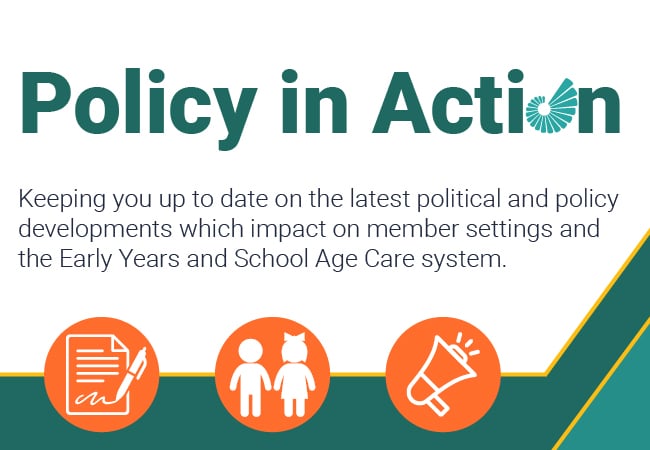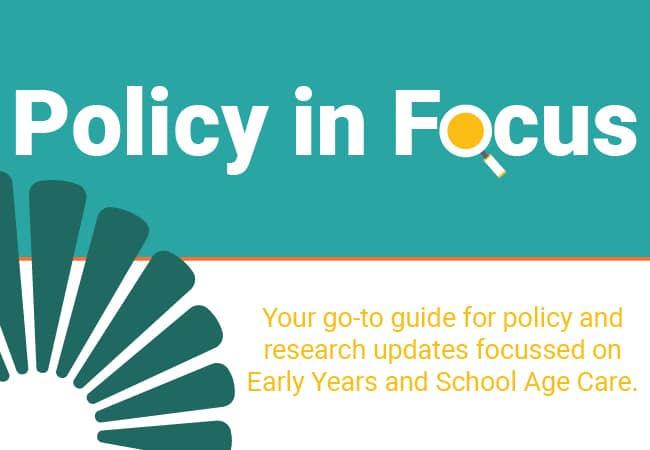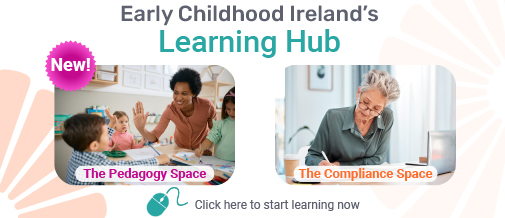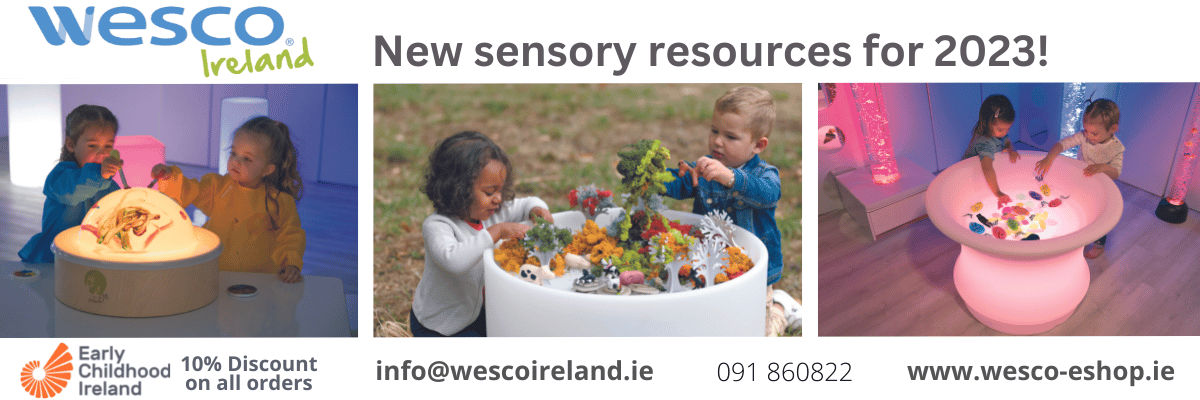Mixing the ages!
With the introduction of the second free preschool year, we in Cheeky Cherubs began questioning how we could best integrate children of varying ages into the same space. We operated as a traditional preschool up to 2014, where children were cared for in separate rooms according to age, only having the opportunity to mix with siblings and children of different ages during overlapping outside times.
We reflected on how best to adapt practices we had seen on study trips across Europe which would be suitable to our context and environment. We created mixed age groups with over two year olds cared for together, supported by consistent key teachers, with opportunities to experience daily activities with each other, building meaningful and authentic relationships. We have seen many benefits since we introduced this.
Often these groups have two or three siblings who demonstrate empathy, compassion and create a sense of family for themselves and their peers. For children who don’t yet have siblings, they can see kind interactions being modelled and in turn act in similar ways with their friends. The siblings share their interests and explore their peer’s interests in innovative and fun ways. There is no longer a sense of preschoolers Vs toddlers. With mixed age groups, families no longer feel the need to fast track their children through childhood.
The children love having friends older and younger, as their experiences are extended and challenged through observing and sharing with each other. Children have varying abilities within our mixed age groups; some children present with speech and language issues, others first language is not English, or with sensory processing challenges, ASD or Downs Syndrome. It has been our experience that these children have transitioned into mixed groups well. With varying ages, abilities and expertise within each group, the children are very accepting of each other and understand that everyone is different and unique. We have observed that being in a mixed age group gives children opportunities to develop meaningful relationships with a variety of children, who all have their own interests, abilities and challenges regardless of any diagnosis’. Somewhere within the group there will be others who share a special interest or level of expertise because of their varying ages. A four-year-old non-English speaking child may find it difficult to integrate when joining a group of other four-year olds who all speak English fluently, feeling isolated as the group communicates comfortably. In a mixed age group, the norm is that everyone is developing their communication skills, therefor no one feels inferior in their ability to communicate.
While there was a lot of apprehension making this change initially, the feedback from our early years teachers and the children’s parents has been very positive. Our image of the child as capable and competent has been enhanced through this transition. There have been many days where our conviction has been challenged, but when you see two sisters support each other in risk assessing, or a boy congratulate his little brother on his drawing, your faith is restored. Parents have also shared that they have noticed positive developments in their children’s relationships and a reduction in conflicts on transitioning home. Our experience of mixed age groups has been a very positive one to date.
You might be interested in reading this previous blog post: Developing curriculum for children in mixed age groups
What are your views on mixed age provision? Let us know in the comments below.
Bio:
Sarah O’Leary and Michelle Akerlind are the Directors of Cheeky Cherubs Early Years Schools. They have 3 locations in Cork. One in Bishopstown, one in Ballincollig and one in City Hall, a workplace creche for City Council staff. We have created three beautiful yet individual centres where the uniqueness of each child is celebrated and supported through providing opportunities to play, explore, share and learn with their peers, while being cared for and educated by wonderful, qualified and experienced teachers.









